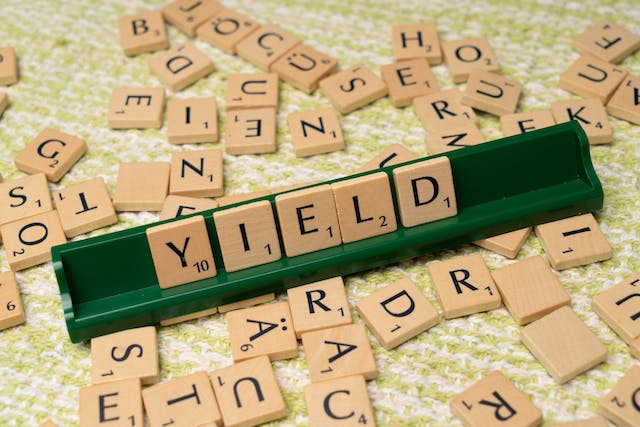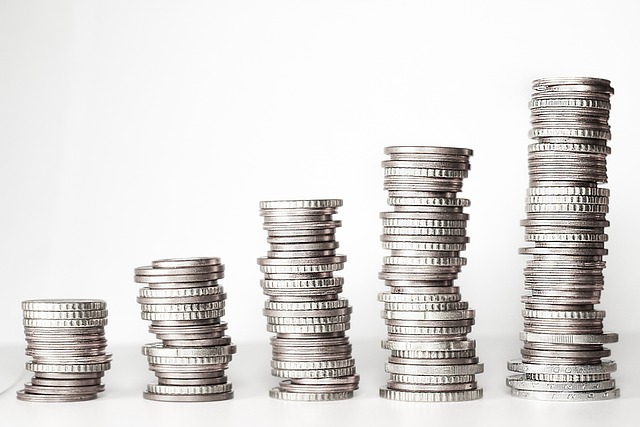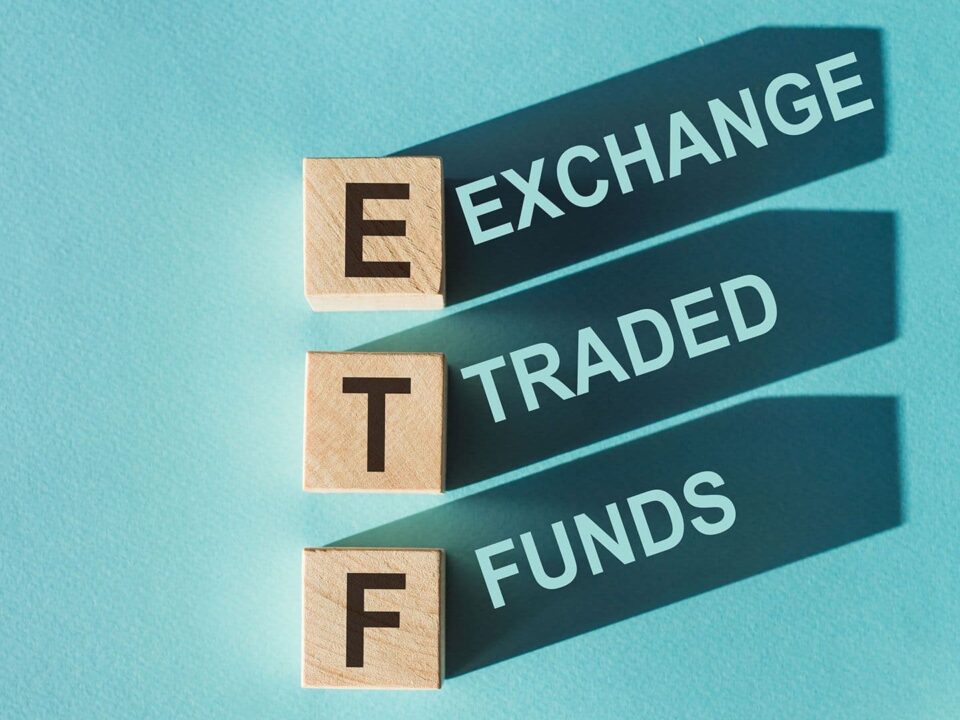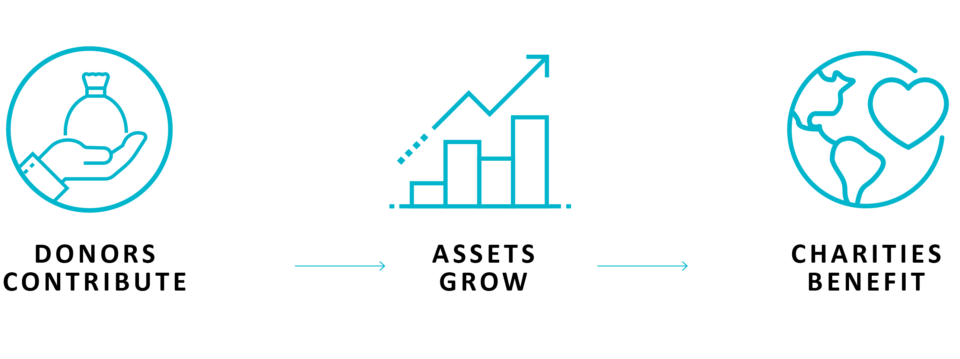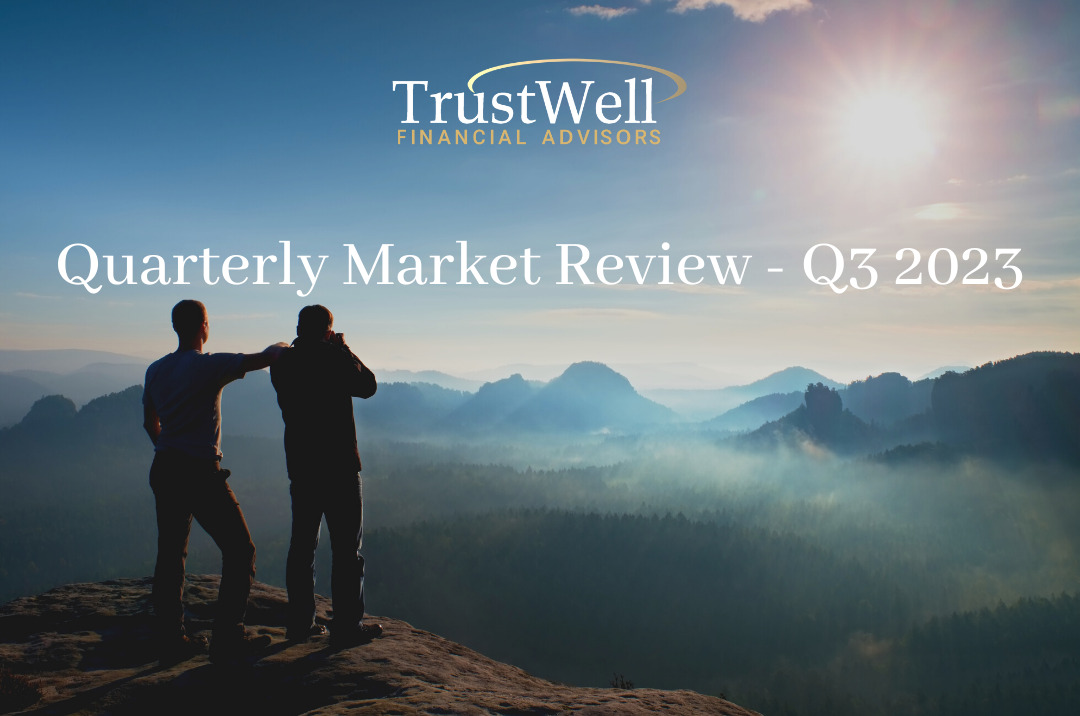
Quarterly Market Review: October 2023
October 2, 2023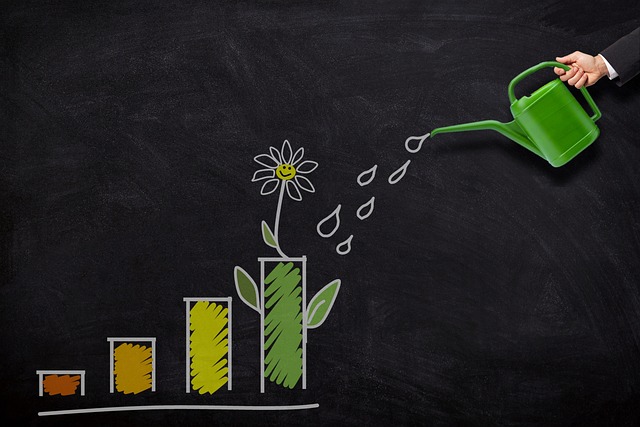
2024 Contribution Limits and the Power of Compound Interest
December 1, 2023By Bradley Miller
There seems to be a misconception for investors when it comes to how dividends actually function; most people assume dividends are free money that gets paid out to them.
The word dividend is defined as a sum of money paid regularly by a company to its shareholders out of its profits. When a company or fund pays out a dividend or capital gain, the share price of that company/fund decreases by the amount of the dividend paid and you receive the cash equivalent in your portfolio (or you have the option to reinvest this cash to buy additional shares). Thus, while your cash may have increased, the stock price has decreased by the same amount. This creates a net zero effect in terms of your portfolio growth.
In fact, given that non-qualified dividends are taxed at ordinary income rates, dividends held outside of a retirement account simply create a taxable event for the shareholder with no real growth in their portfolio to show for it. You could argue this actually has a negative effect given the fact that you will have to pay taxes on the dividends themselves. Thus, dividends shouldn’t necessarily be a deciding factor when it comes to what fund/stock to pick.
Warren Buffett, the CEO of Berkshire Hathaway, is notorious for not paying a dividend out of Berkshire Hathaway even though as of 2022 they held over $125 Billion in cash. Buffett believes that reinvesting in the company adds better shareholder value than paying out a dividend. This allows the company to expand their reach, create new products or services and improve existing ones. In addition to reinvesting in the business, Buffett can look to make new acquisitions or even buy back stock when it is trading at a discount. He believes this provides a better long-term value to shareholders as he is more concerned with growing the stock price higher as opposed to paying out a dividend to shareholders.
Let’s look at an example. We have two companies, Company A and Company B. We put $10,000 in each of them. Over the course of the year, Company A grows from $10,000 to $11,000 but does not pay out a dividend. Thus, at the end of the year Company A is valued at $11,000 and our cost basis is still $10,000. We do not pay any capital gains tax until this position is sold. Company B on the other hand grows from $10,000 to $11,000 but then pays a $1,000 dividend at the end of the year. Company B would be valued at $10,000 and your cash would now be at $1,000. Thus, the value of your portfolio is the same between these two investments ($11,000), however Company B has created a $1,000 taxable event for the shareholder. Thus, your after-tax return would be lower if you were holding Company B rather than Company A.
Regardless of if you receive a dividend in cash or reinvest the dividend to buy additional shares, it is still taxable income if this is held in a non-retirement account. Thus, in a taxable account, it may make sense to hold a stock/fund that grows and does not pay out dividends as opposed to one that is consistently paying out dividends which is creating a taxable event for its shareholders.
If cash is truly needed for an individual, it could make more sense to control the portfolio income by selling what is needed from the portfolio and providing this cash to the individual. In essence, you can create our own “dividend” to provide income as it is needed. As opposed to a company/fund paying out income to a shareholder when it may not be needed at that time, and thus potentially increasing taxes.
Generally speaking, a company has two choices when it comes to profits. They can either reinvest those earnings into the company itself and grow the company or they can begin paying profits out to shareholders in the form of a dividend. Some argue that paying dividends may hurt a company’s ability to be competitive in the long run as money would be better off reinvested in the company to generate future earnings and growth.
All this is not meant to be anti-dividend, rather understanding the how dividends actually work and their tax consequences. The expectation is that when a fund or stock pays a dividend, the value of the company continues to rise over time and thus the dividend and growth of the company does lead to a positive outcome for the investor. Others argue that a company which does pay dividends signal financial strength and sustainability to investors which can have a positive impact on the stock price. However, it can also indicate that a company does not have any sustainable project to try and generate higher future returns for the company. In essence, the company is using cash to pay shareholders instead of reinvesting it into growth.
While a dividend yield may seem like an attractive way to look at a value stock and compare it to fixed income yields, this may not be prudent. A company can certainly lower its dividend whenever it deems necessary – this may signal to investors that the company is in trouble. As an example, AT&T has a long history of dividend payments; it cut its dividend in half in February 2022 and shares fell 4% on that day. What’s more important than the dividend yield is the health and long-term view of the company. Ultimately, if a company pays a high dividend but its long-term prospects do not look good, then a potential drop in price will have a much greater effect on your portfolio than receiving a high dividend yield.
Hopefully after reading this, you have a better understanding of how dividends work within your portfolio and why there are several factors to consider when investing in a company or fund, not just looking at a dividend yield and thinking of it as a “free return”.

